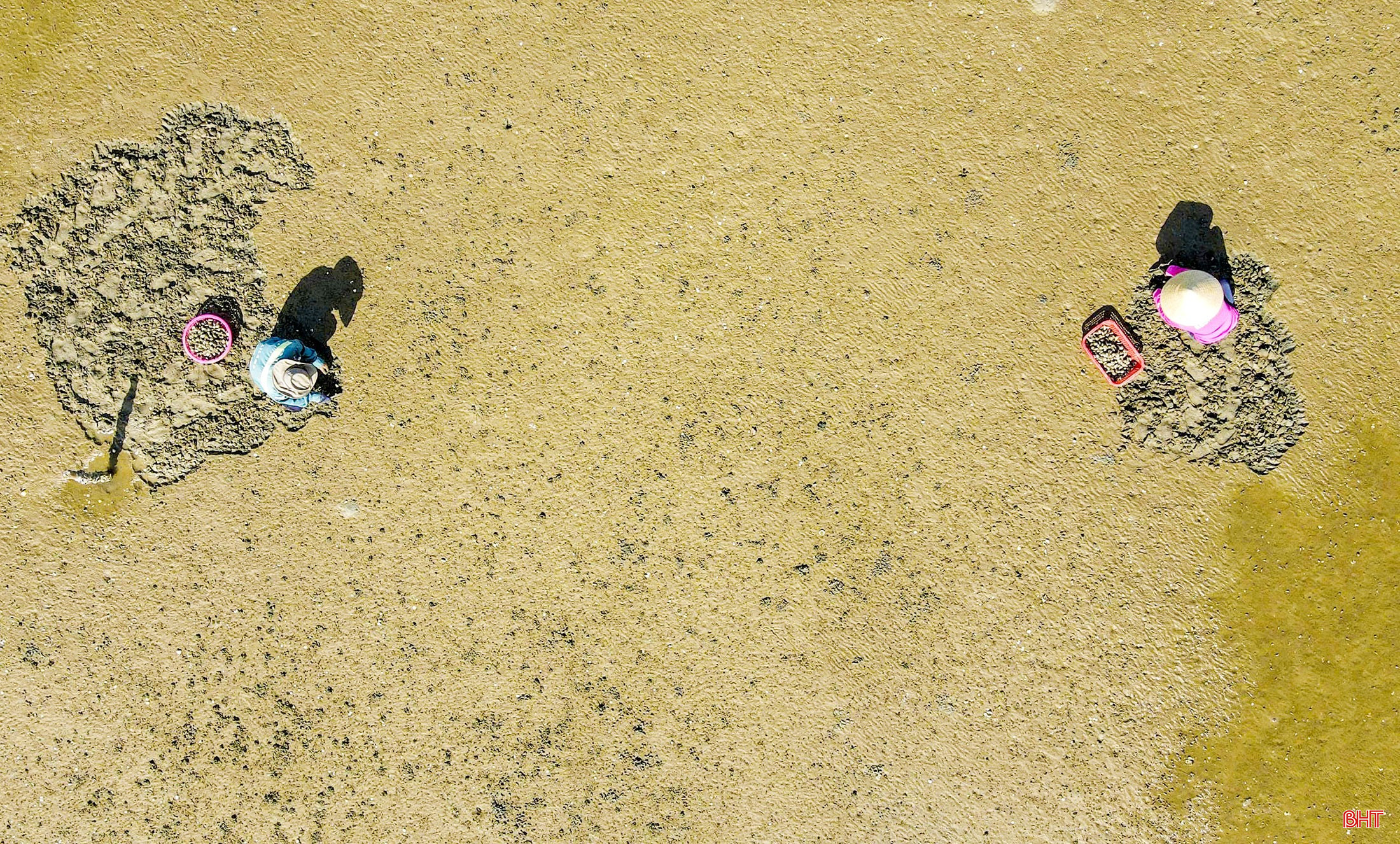
At dawn, Cua Nhuong estuary (Thien Cam commune) is peaceful, occasionally a few fishing boats dock, breaking the quiet atmosphere of dawn. The tide has just receded to reveal the rocky beaches in a corner of the estuary, in the distance, the silhouettes of women raking clams and chiseling oysters gradually appear.
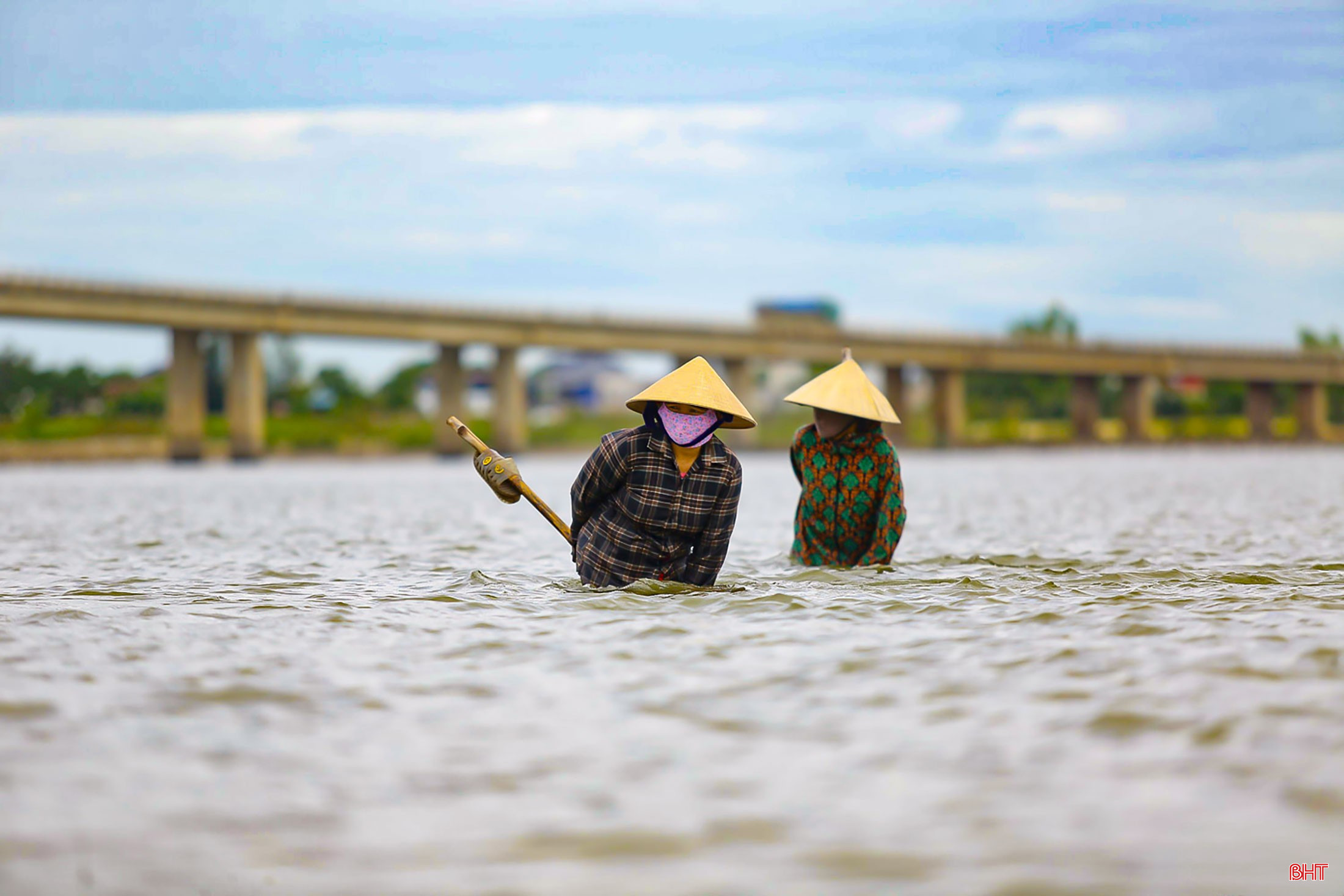

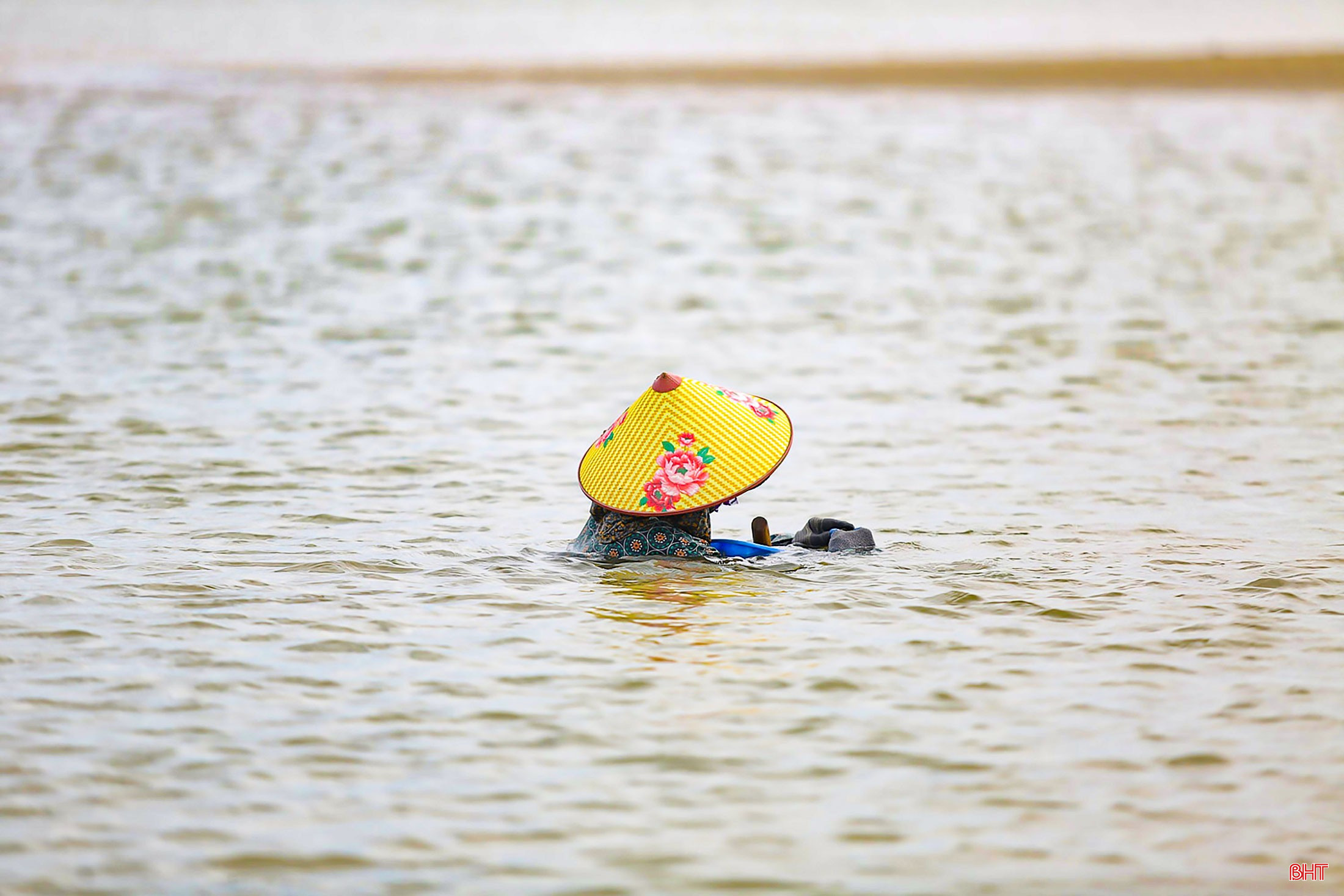
The rocky beaches are the favorite habitat of oysters. They cling to and live on the rocks during the low and high tides. They are the source of livelihood for oyster diggers. They are all women, mostly old, unemployed, so they have been engaged in oyster diggers for decades to earn money to support their families and children.
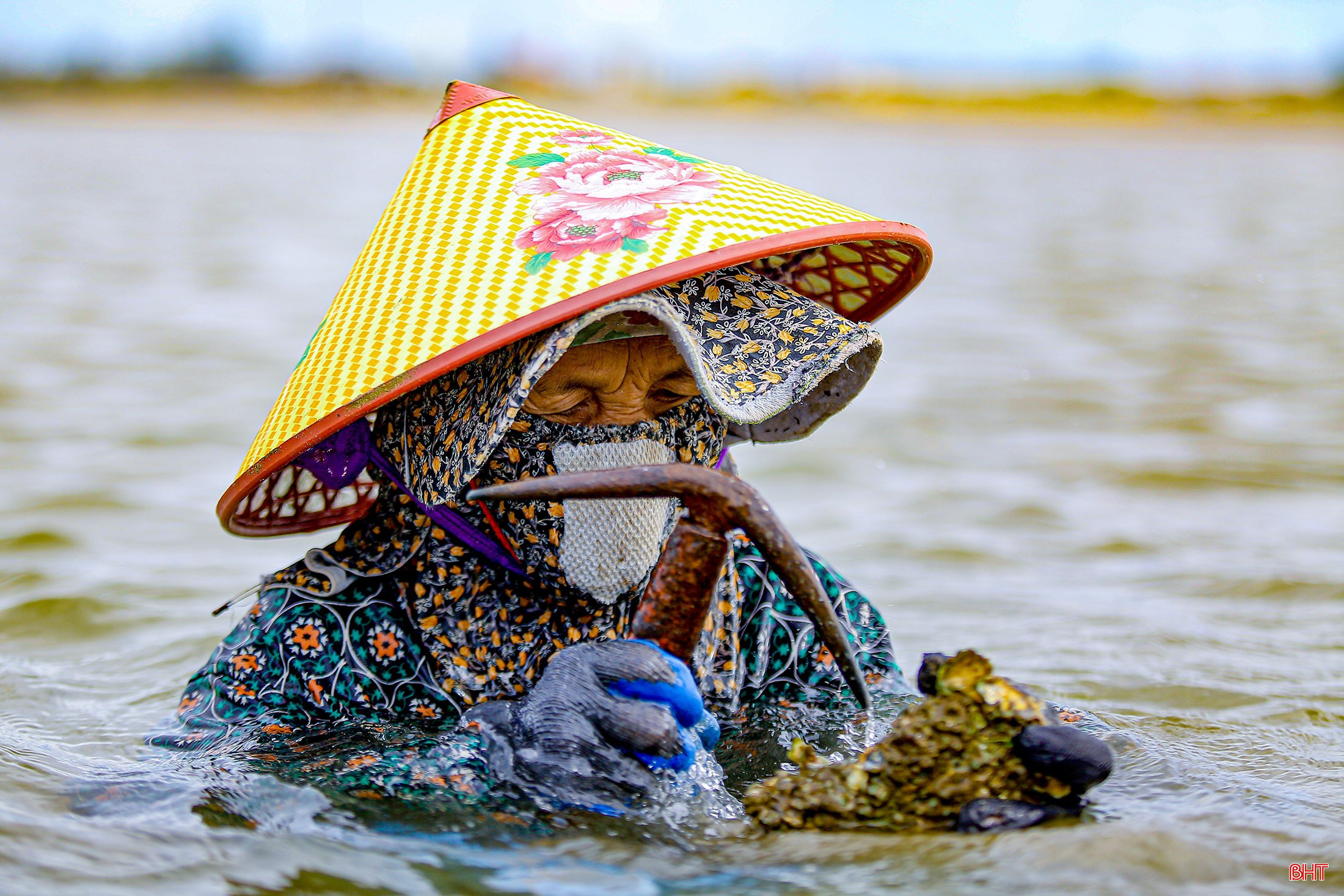
After a few preparations, the group of people waded in, soaked in the salty water, and began their journey to make a living. Their tools were quite simple, consisting only of a hammer and a mesh bag to hold oysters. At the age of 8, Mrs. Nguyen Thi Lan (resident of Hamlet 1, Cam Trung Commune) followed her mother to dig oysters to make a living. Although she is now nearly 70 years old, Mrs. Lan is still attached to this profession, because her eyesight is dim, her health is weak, she cannot do other heavy work.
After soaking in the water for about a minute, Mrs. Lan found a large rock with several large and small oysters clinging to it. Quickly, she took a hammer and smashed each oyster and put them into a mesh bag.
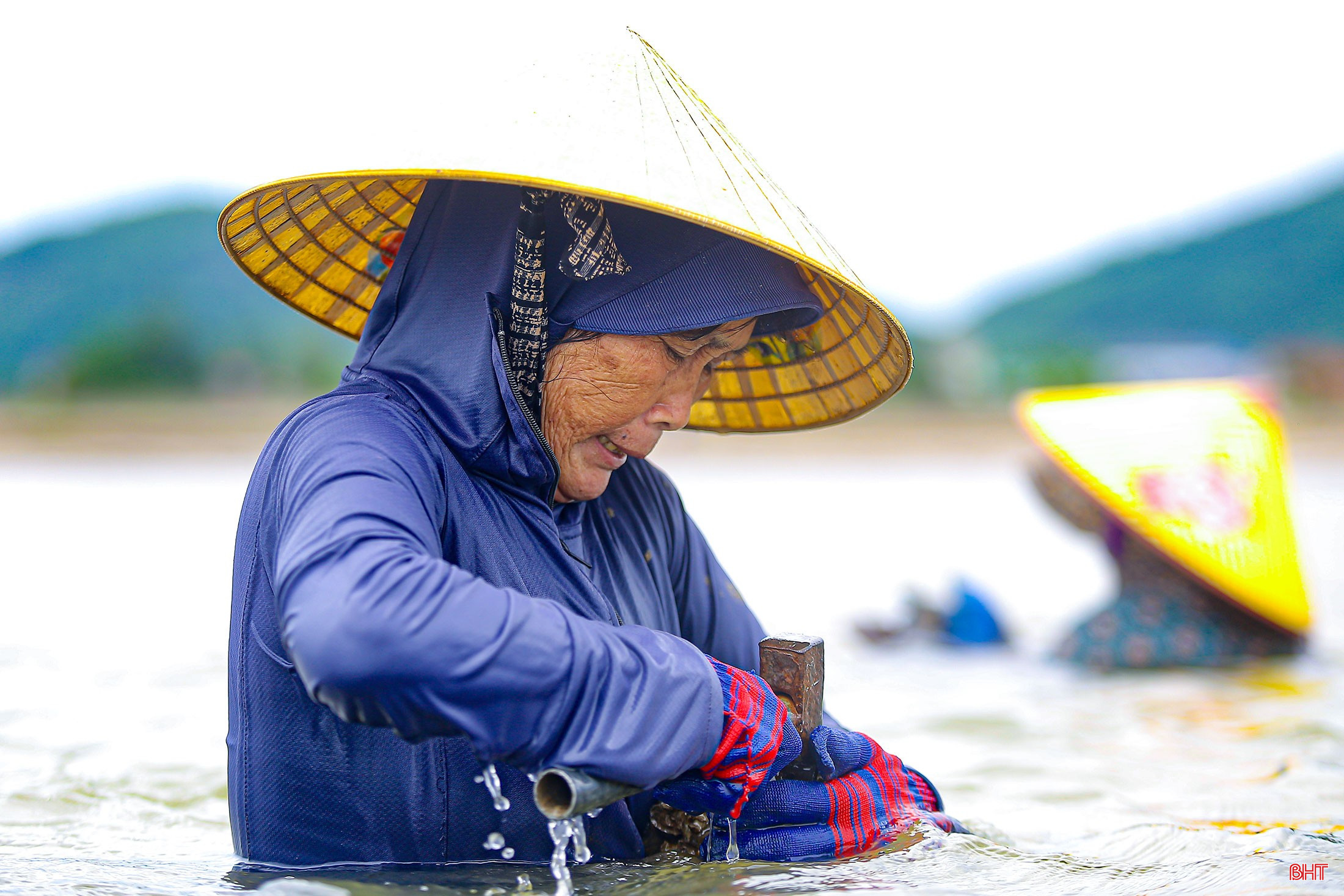
“For a long time, the rocky beaches on land have been exploited, so now we have to go to rocky beaches deep underwater to dig for oysters at the bottom. It looks simple but this job is very hard, cutting hands and feet from hitting oyster shells is common. The job is hard but the income is not much, each day we only earn 70,000 - 150,000 VND. However, we have to try to stay, because if we don't dig for oysters, we don't know what to do to pay for family expenses" - Ms. Lan said while working.
Saying that, her hands groped down to the bottom of the rock, the sea water had reached her nose. Accompanying Mrs. Lan today was Ms. Nguyen Thi Lai (residing in Hamlet 1, Cam Trung Commune). Ms. Lai has been in this profession for more than 20 years, the oysters on this rock have supported her family, her children's education also depends on this.

She said: “This job is not for the weak, you need endurance and patience to be able to soak in the sea water for hours. The job seems simple but contains hardships and difficulties that only those involved can understand. The family only has a few fields of rice that are not enough to eat, so this job has no days off for me, tears and sweat are mixed together. If I can't do it, how can I take care of my children's education?"
Amidst the salty seawater, the women seem to melt into it. With only a faded conical hat, a hammer and a mesh bag on their hips, they quietly dive and grope each rock at the bottom to find oysters.
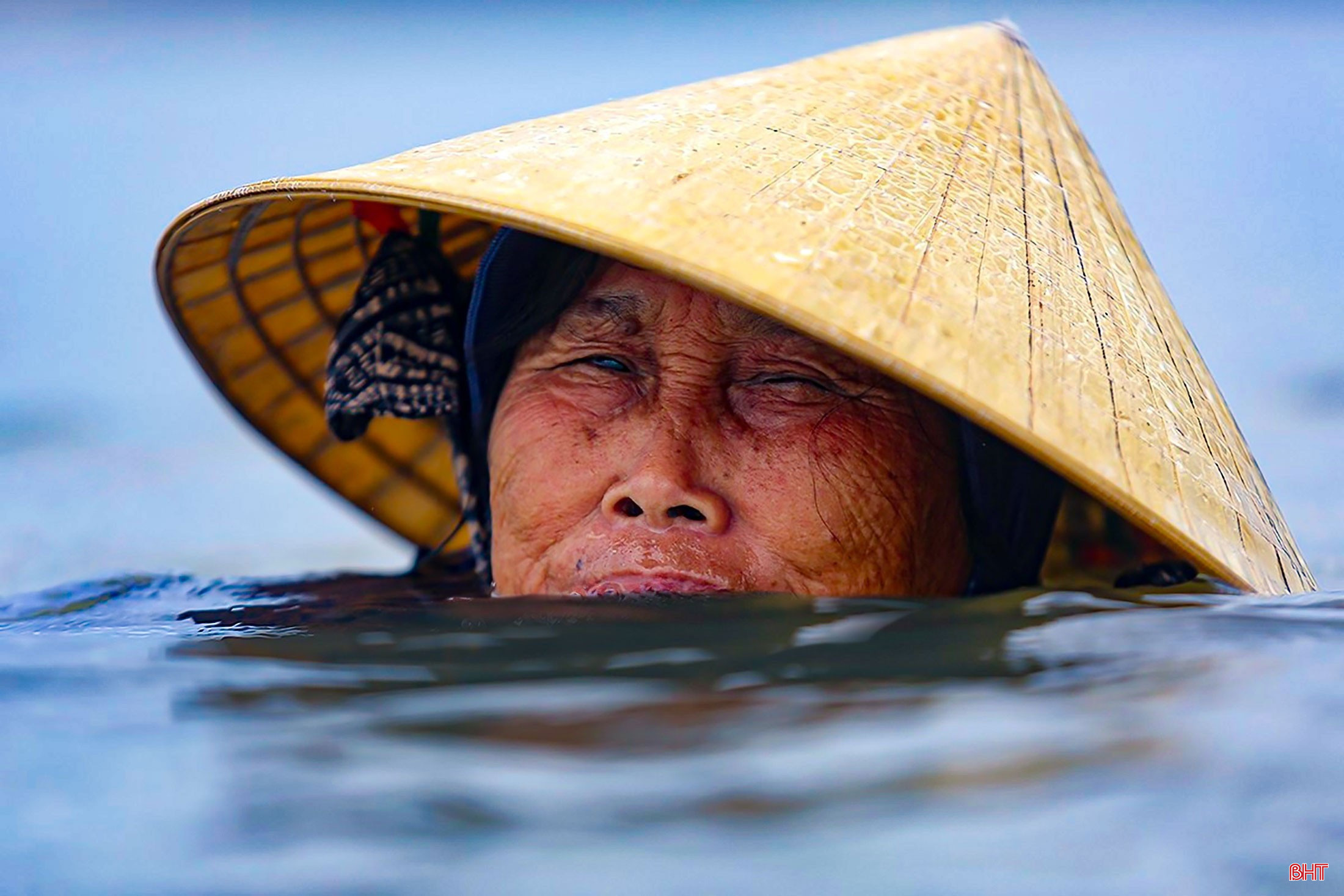
The water was up to their chests, sometimes up to their necks, the waves kept crashing, under the harsh sunlight of a summer noon they still bent down, straining to hold on to the rocks, prying out each oyster. Almost no one talked, only the sound of hammers hitting the rocks and rapid breathing could be heard. The work continued over and over for several hours, under the sun, wind and waves.
Not far away, a group of clam diggers were also wading in the water. Locals jokingly call this job “going backwards”, for the simple reason that anyone who goes to work as a clam digger has to walk backwards.
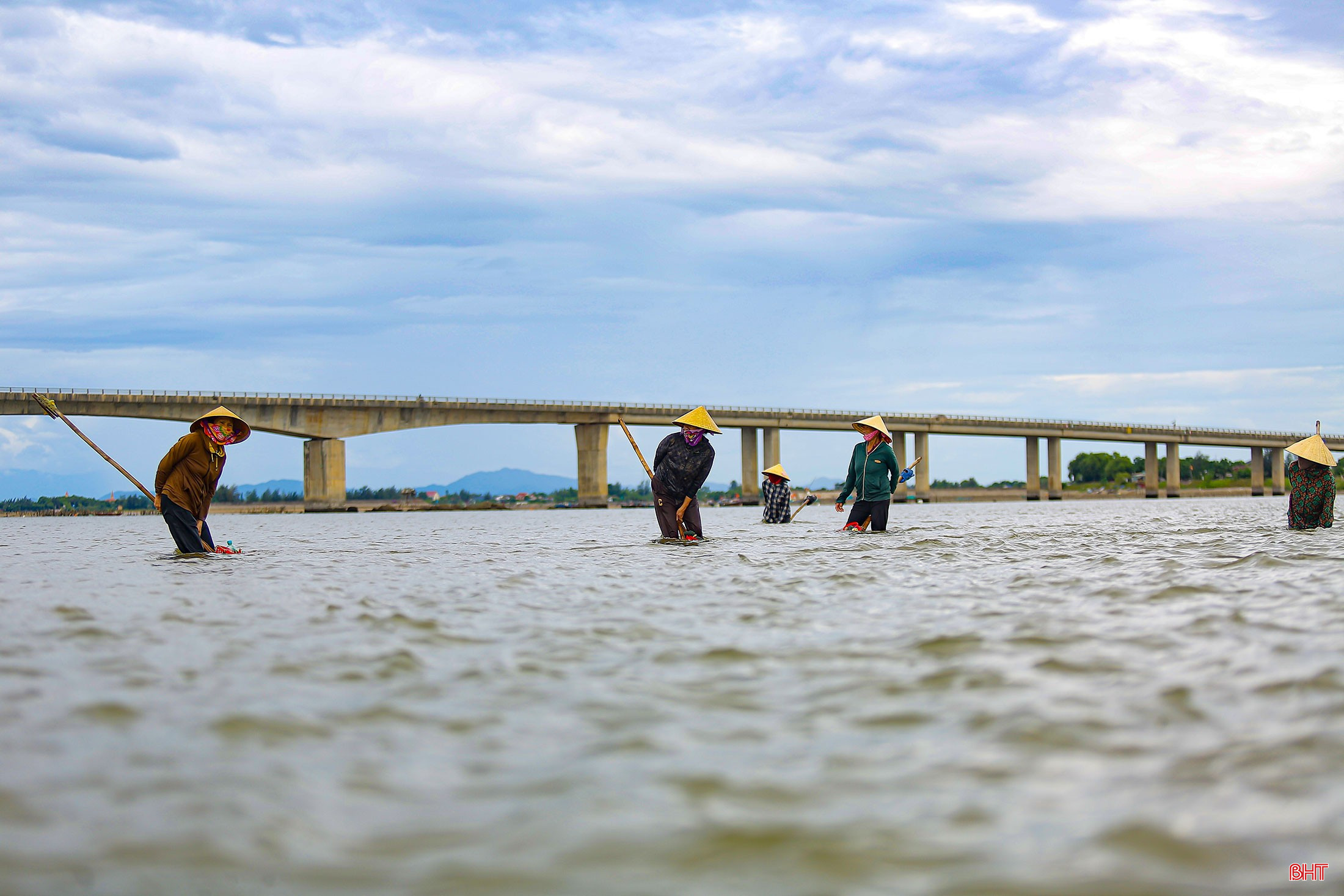

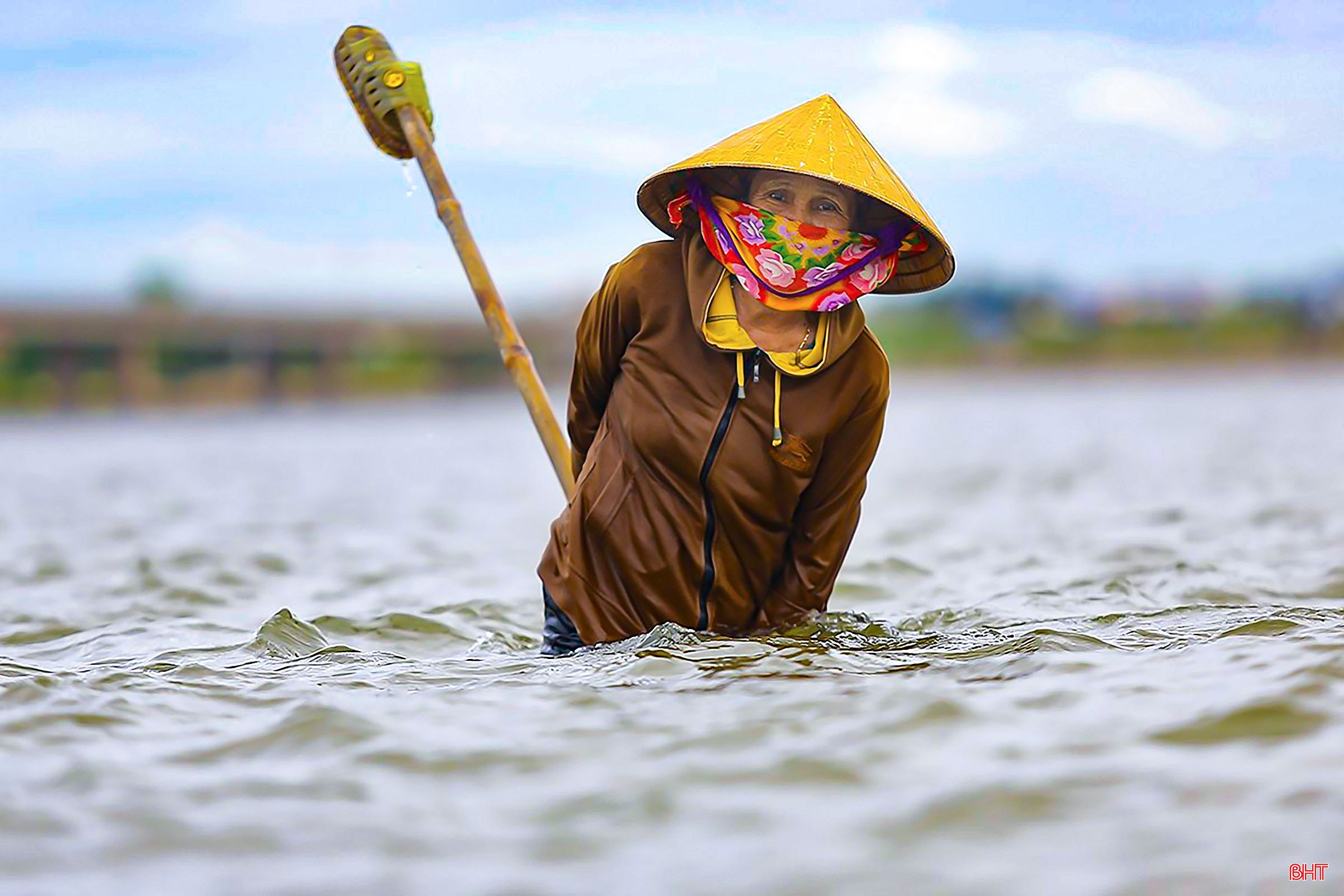
The clam rake is a bamboo handle about 2m long, with a U-shaped steel blade attached at the end. The women's job is to bend down, use all the strength in both hands to press the handle, push the rake into the mud and then walk backwards. By doing so, clams will get stuck in the rake, and they will bend down to pick them up and put them in their bags.
Some people are so used to it that they can tell there are clams by just lightly raking, but to collect enough to take home a few kilos, they have to grope around the tidal flats. On lucky days, the clams they rake can sell for a few hundred thousand dong. On bad days, it can be a few dozen. Even though the profit is not much, they still cannot leave the seaport - because that is where their bread and butter is.
Their feet are soaked in salt water all year round, their skin is cracked, their backs are bent. Some people work in a hunched position for 3-4 hours. They joke with each other: “Working in this job, my back is bent before my age, my limbs are always soaked like salted fish.”

At the age of 73, Ms. Dinh Thi Huong (resident of Hamlet 1, Cam Trung Commune) still goes clam digging every day to earn a living. The hard work combined with her advanced age makes her out of breath, constantly sitting down to rest to regain strength. Although she only earns 50-100 thousand VND a day, Ms. Huong still does not dare to quit, because if she does not go to work, she does not know how to feed the 4 mouths in the house.
"In coastal areas, there is no other job but to rake clams and chisel oysters, because this job is hard, low-income and dangerous. For example, while raking clams, stepping on broken glass, the oyster shell bleeding and infection is not uncommon. Then the tide rises, many parts of the beach become deeper, while raking clams and falling down, if you don't know how to swim, it is life-threatening. In the summer when it is sunny, it is bearable, but in the winter the sea water is freezing cold. Clam rakers often suffer from chronic diseases such as bone and joint pain and skin diseases," Ms. Huong said.
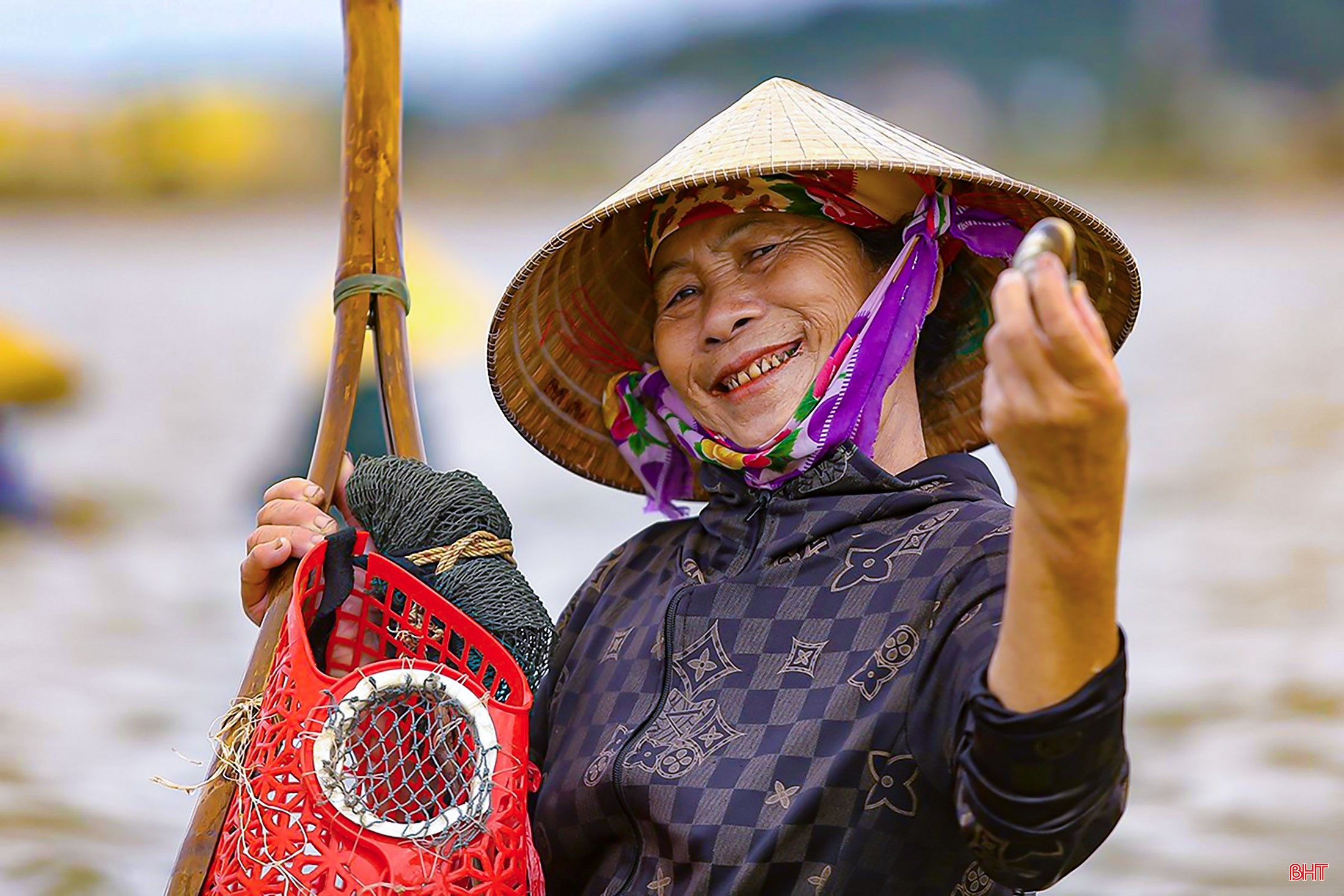
The sun was high in the sky, the group of women stood up, washed the oysters and clams they had just raked, and prepared to leave. Their faces were dark from the sun and wind, mixed with drops of sweat that tasted salty from the sea.
Although the work is not easy and the income is low and unstable, for many people, especially older women, clam raking and oyster chiseling is still a way to make a living. When asked when they will rest, they all have the same answer: "We will only quit when our hands are tired and our eyes are weak and we can no longer see oysters and clams."
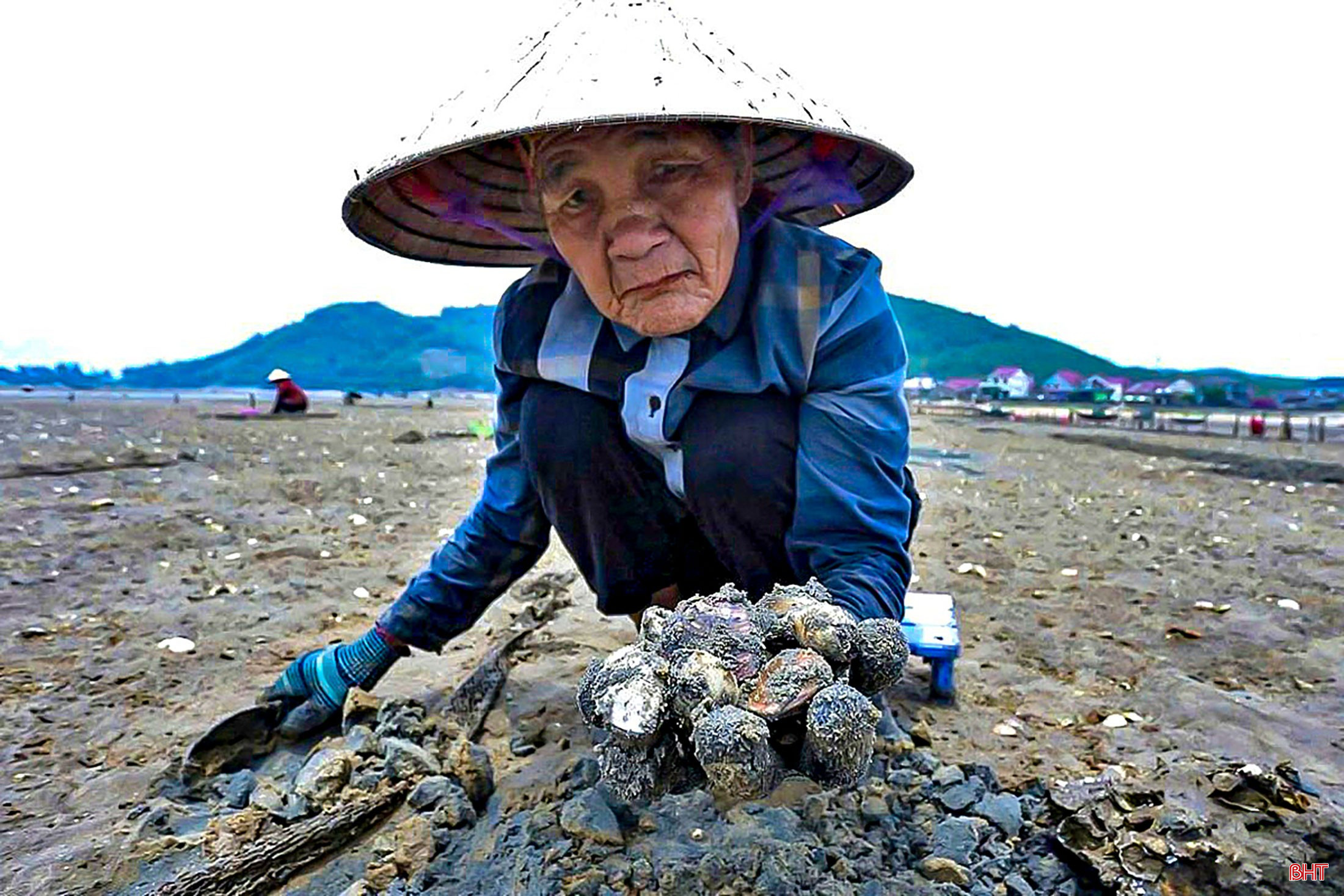
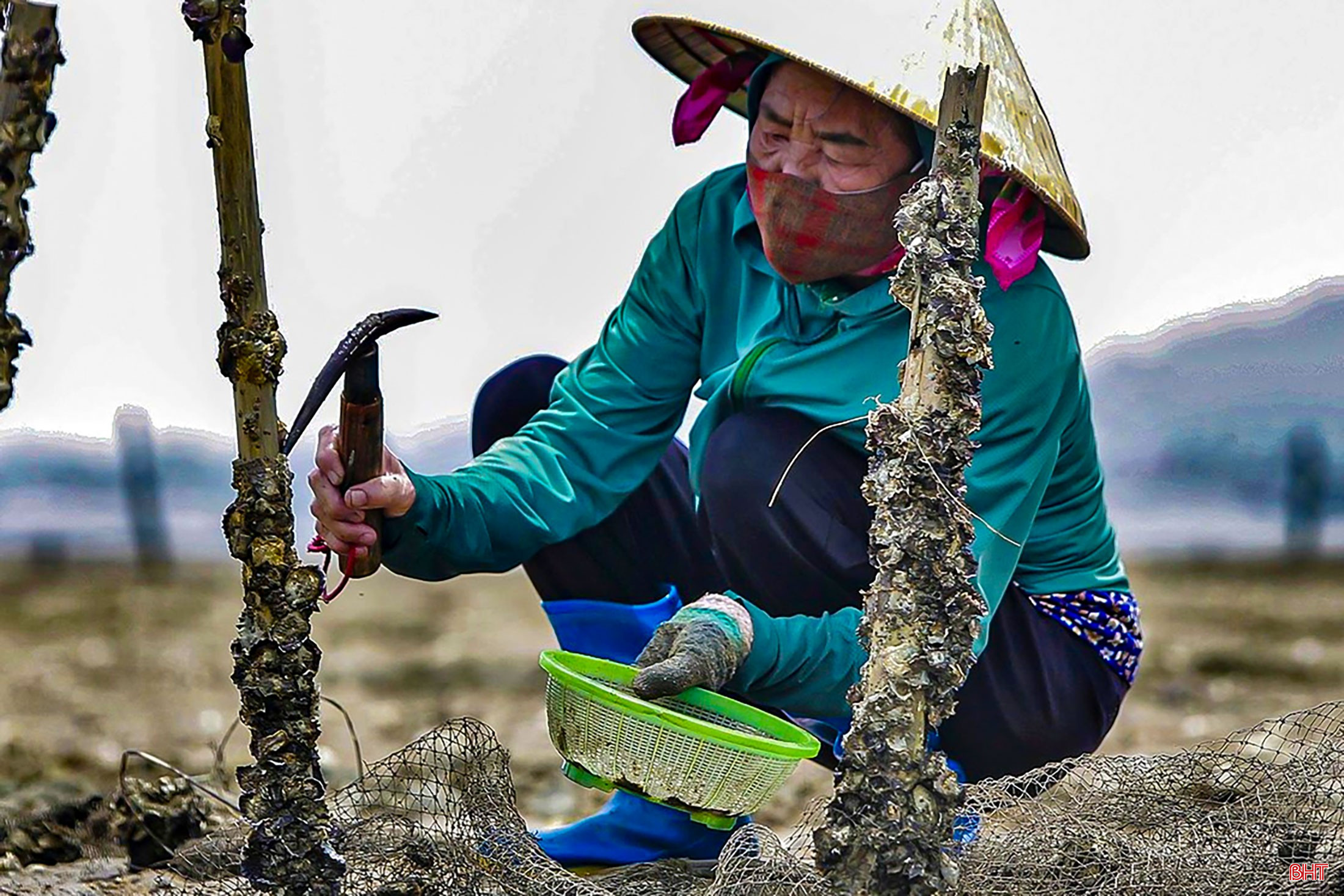
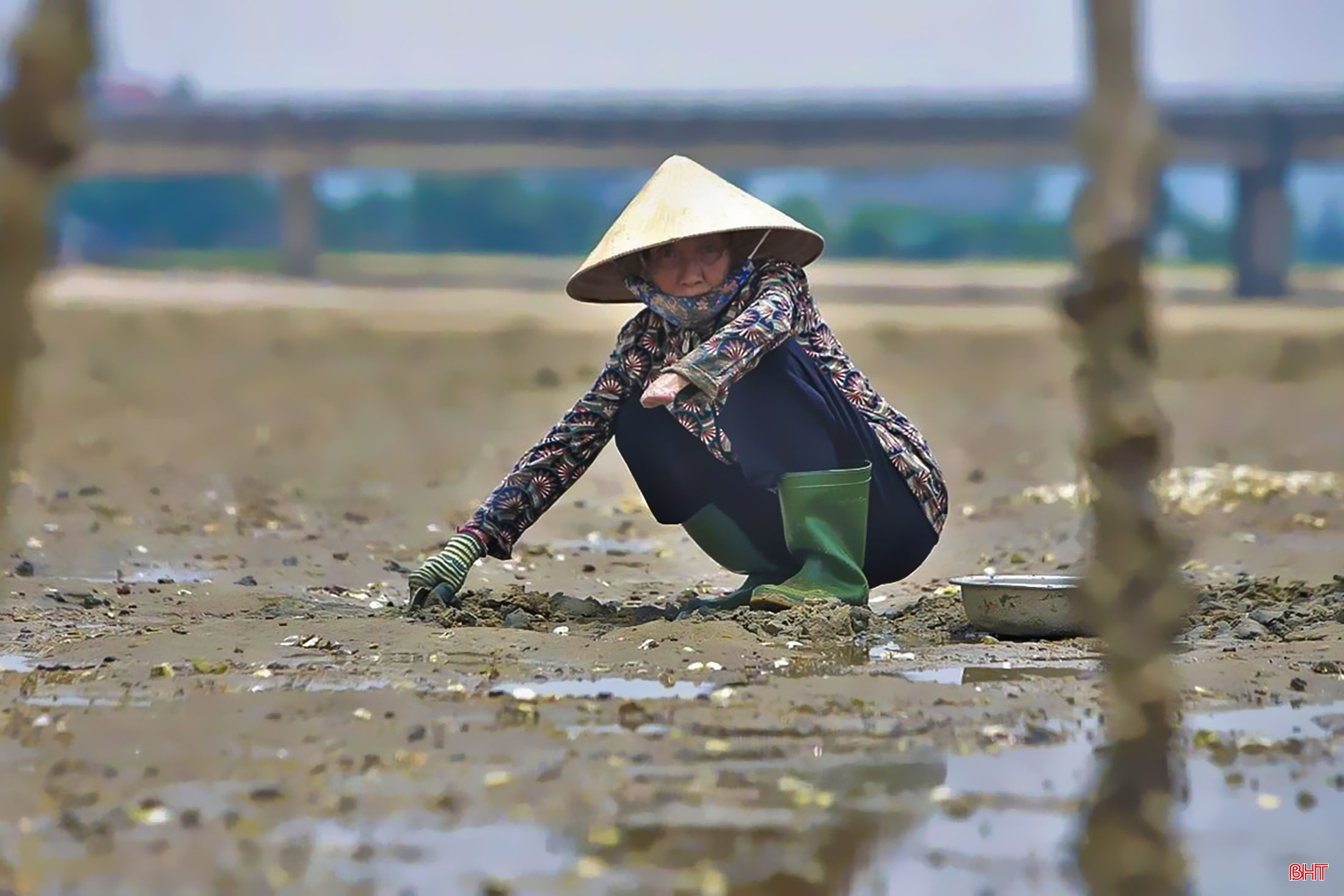
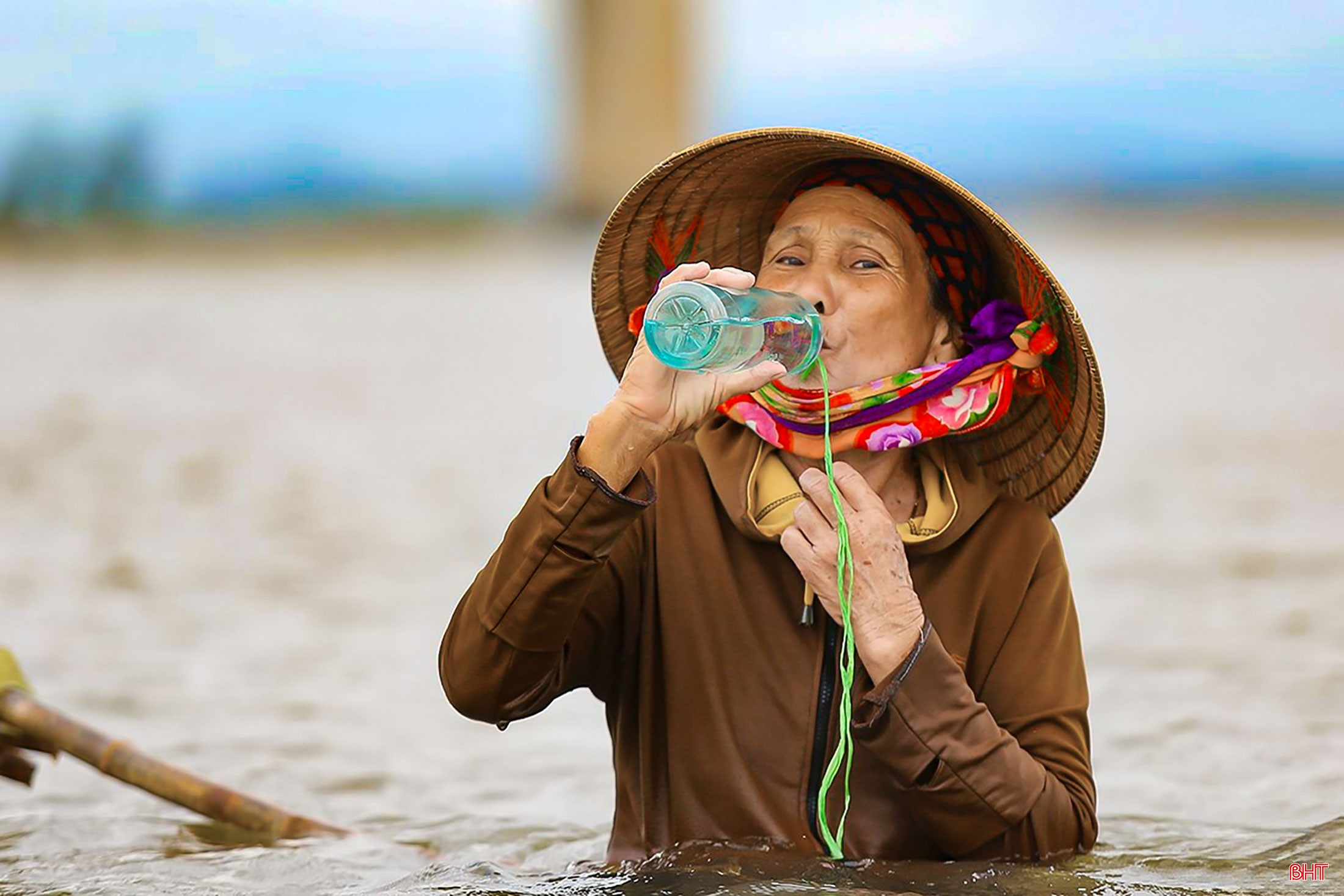
For generations, in the fishing villages of Thien Cam and Cam Trung, women have not only anxiously waited for their husbands and children after their trips to sea, but have also thrown themselves into the arduous task of making a living, becoming a solid support or pillar of the family. In the face of the sun and wind, these simple women remain strong and resilient in life.
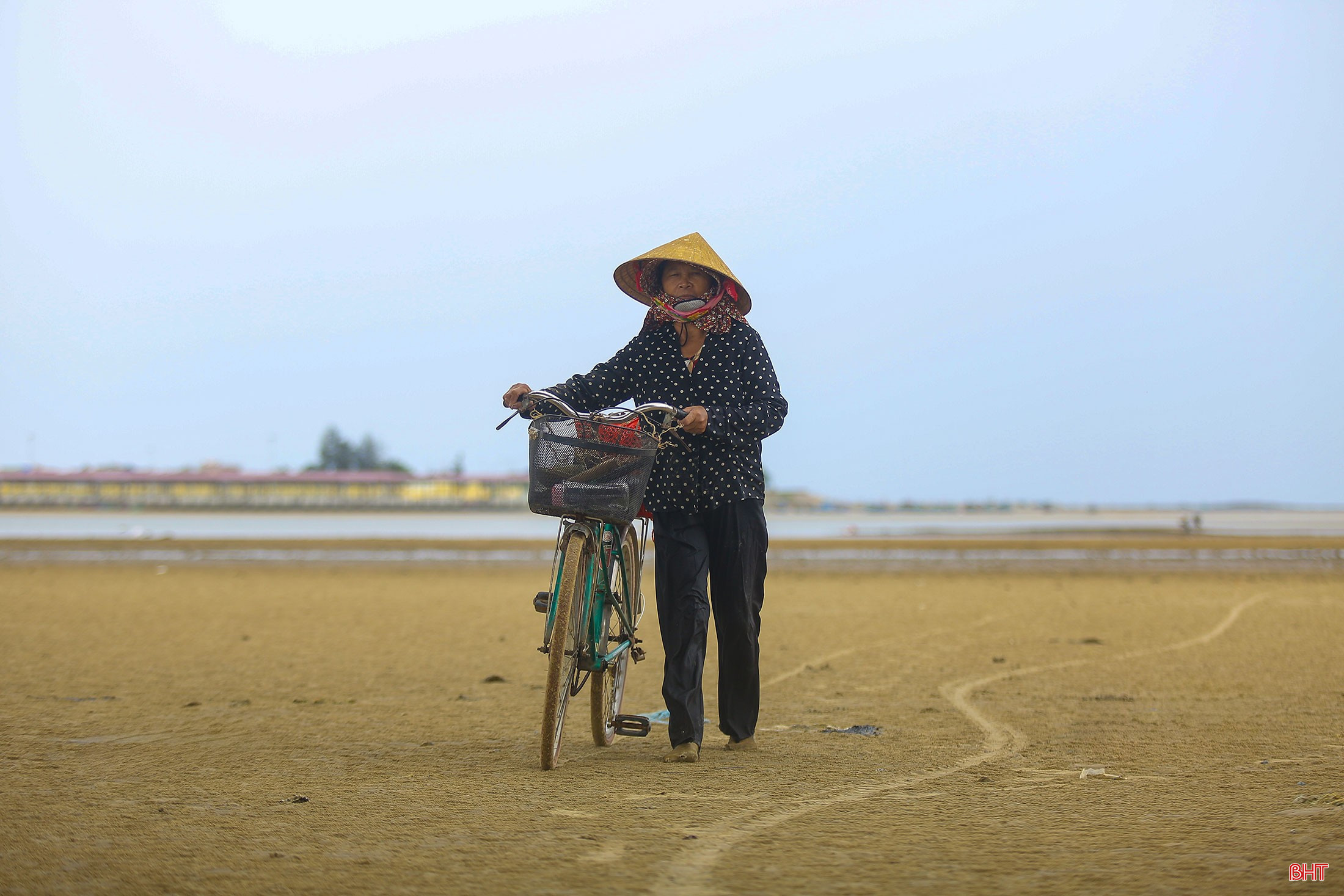
Each person has their own circumstances, but in them, hard work and patience are ingrained in their blood. The sea holds many things, hopes mixed with the laments of many people who love the sea more than their lives. Therefore, they still make a living day after day without knowing when to stop...
Source: https://baohatinh.vn/ngam-minh-muu-sinh-giua-song-gio-noi-cua-bien-post291452.html













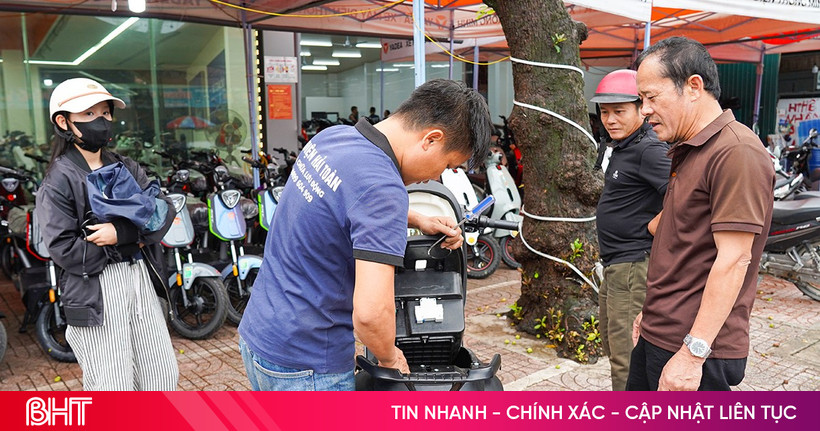


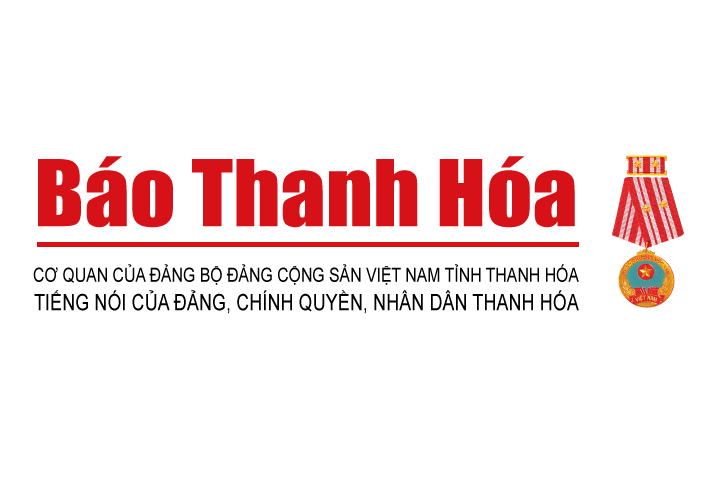




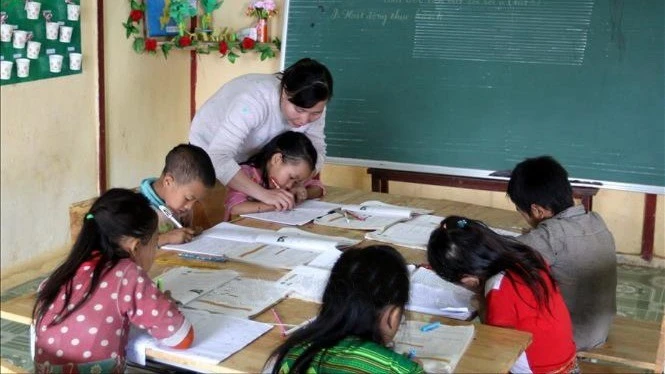

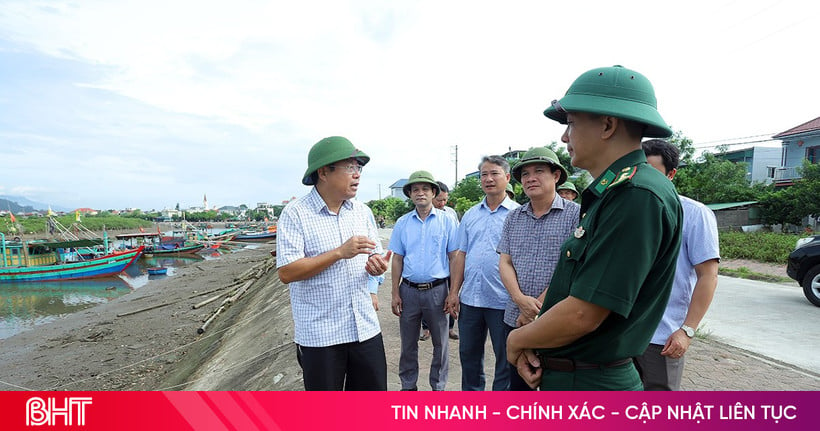
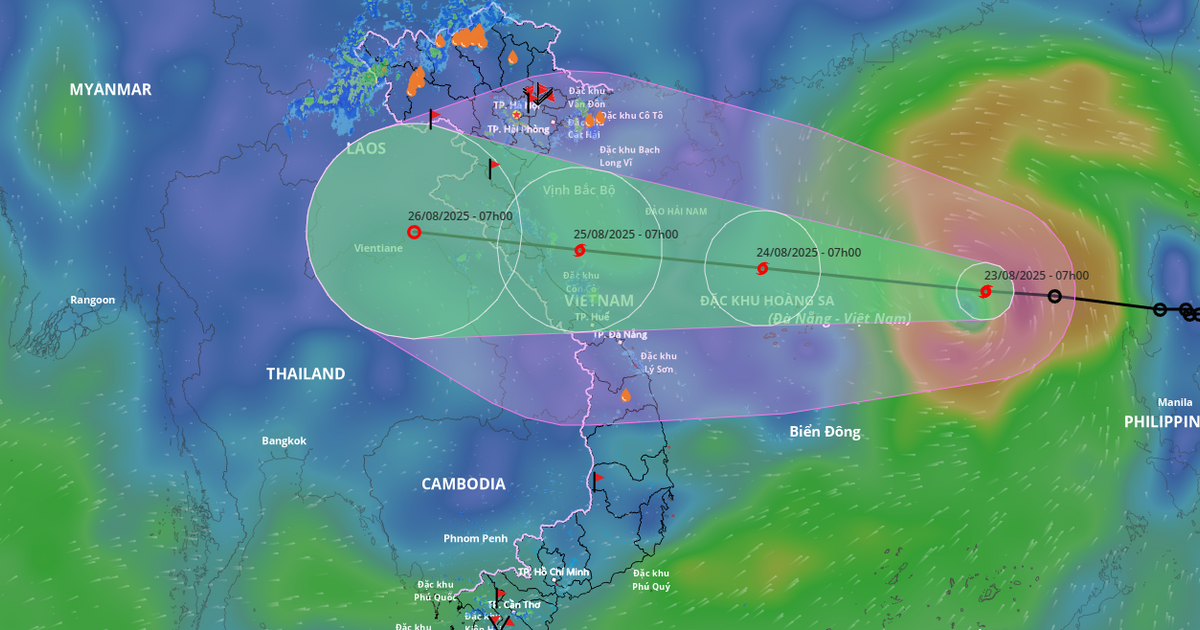









![[Photo] President Luong Cuong attends special political-artistic television show "Golden Opportunity"](https://vstatic.vietnam.vn/vietnam/resource/IMAGE/2025/8/22/44ca13c28fa7476796f9aa3618ff74c4)
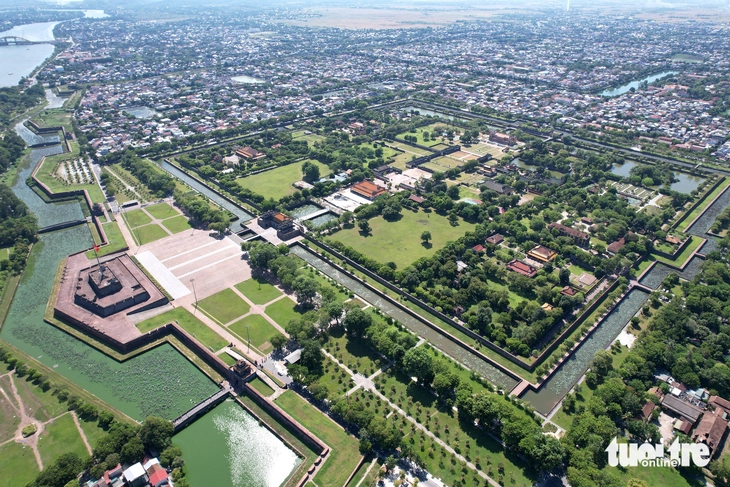

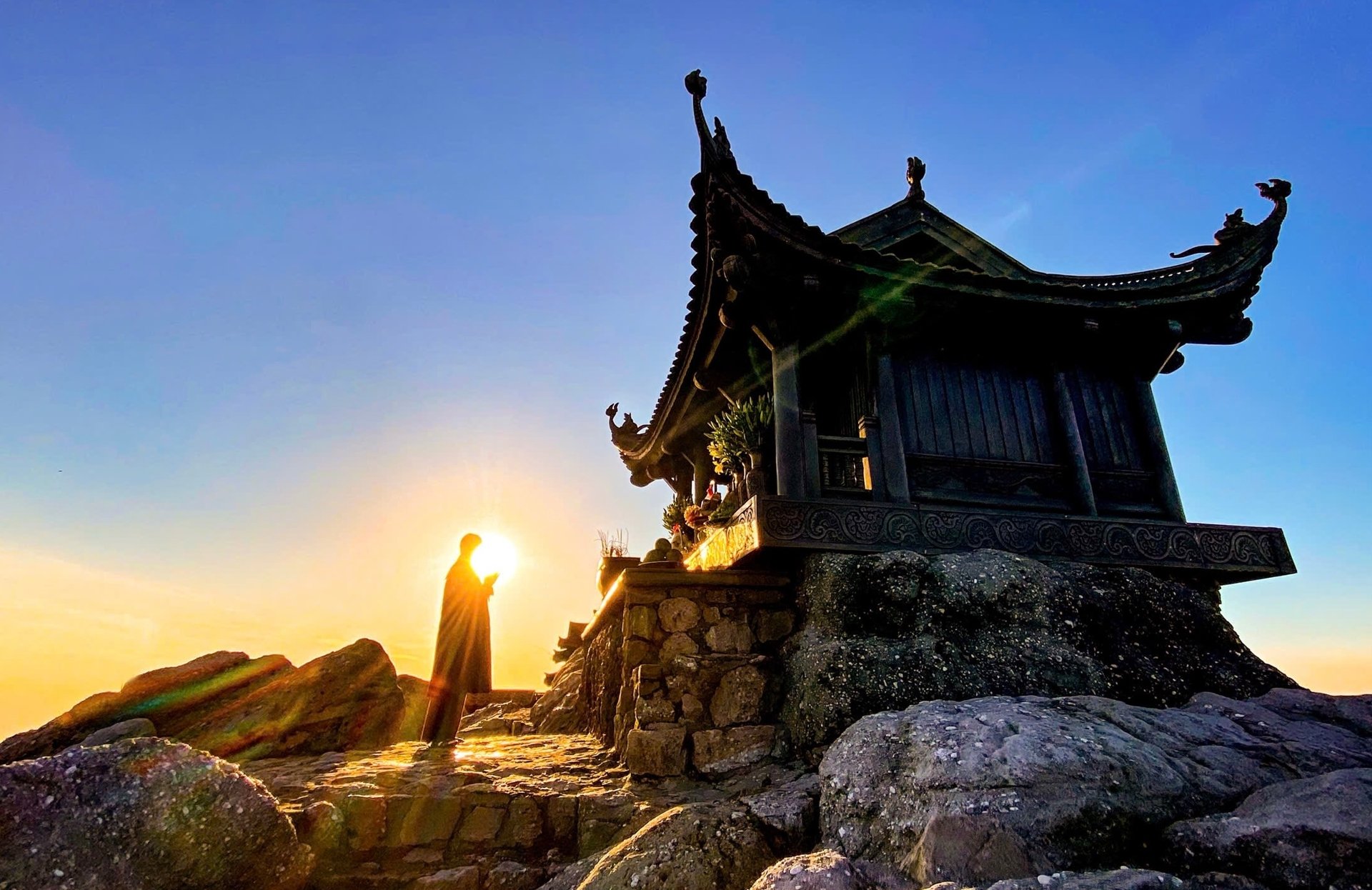










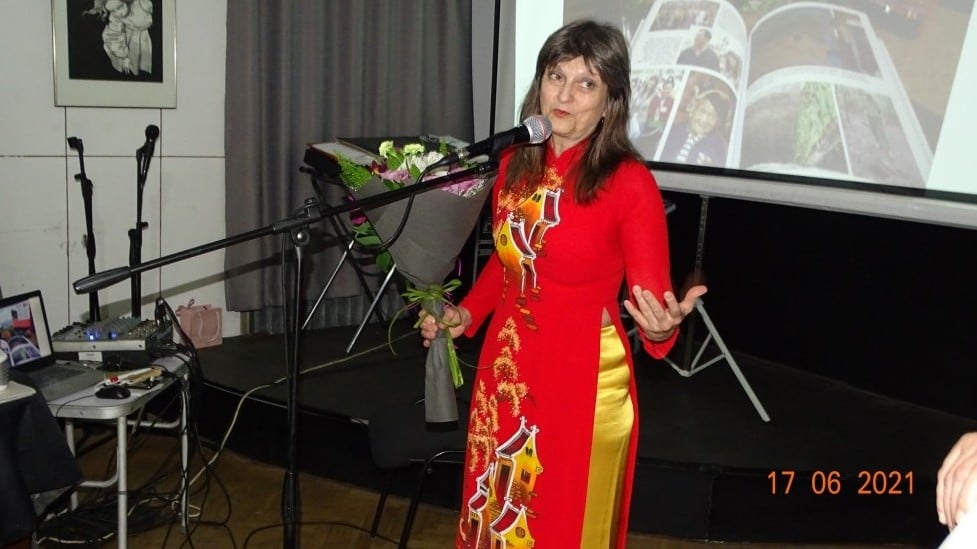























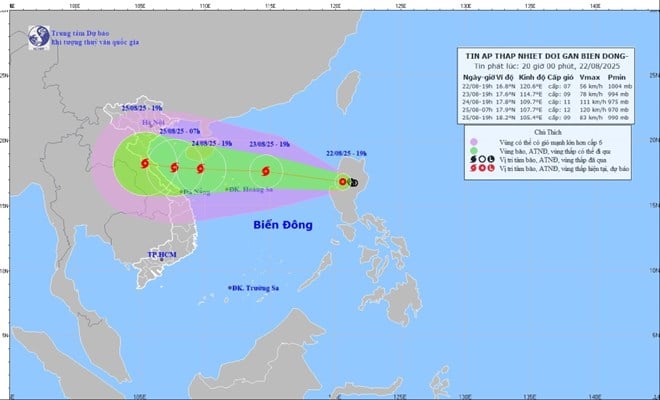

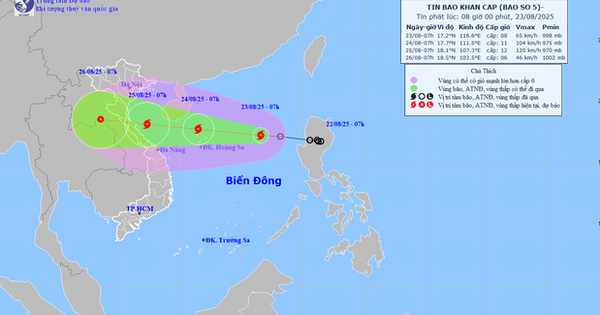









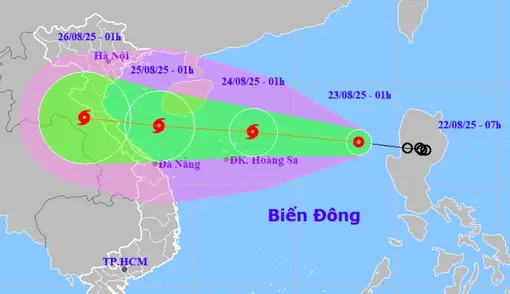

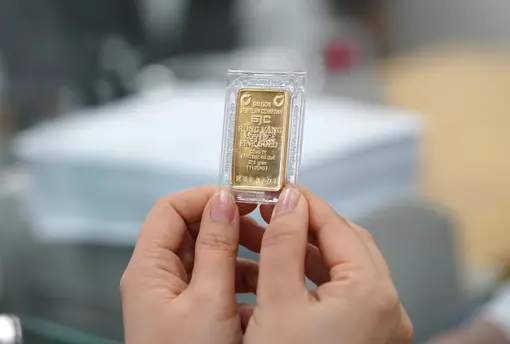
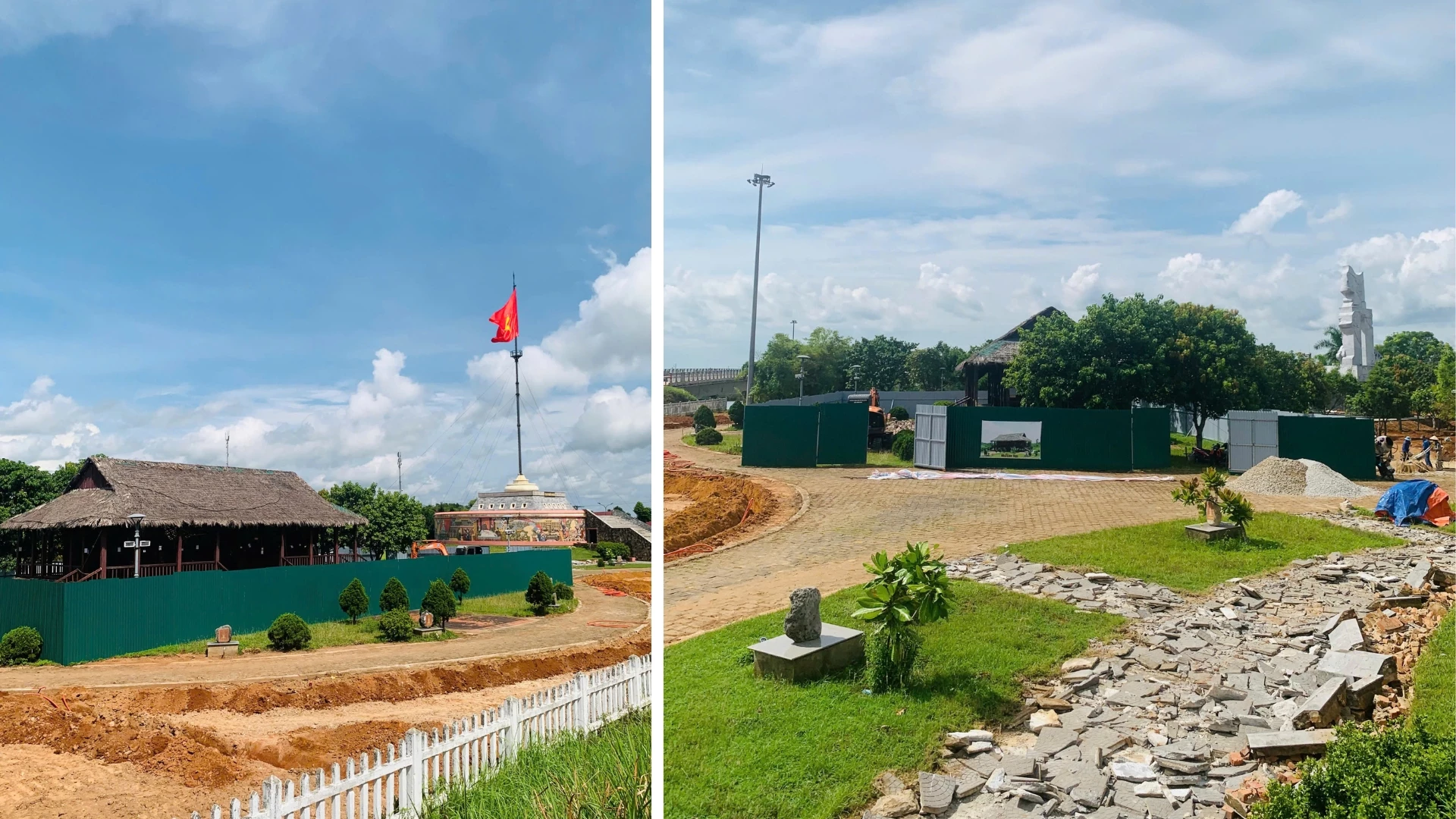







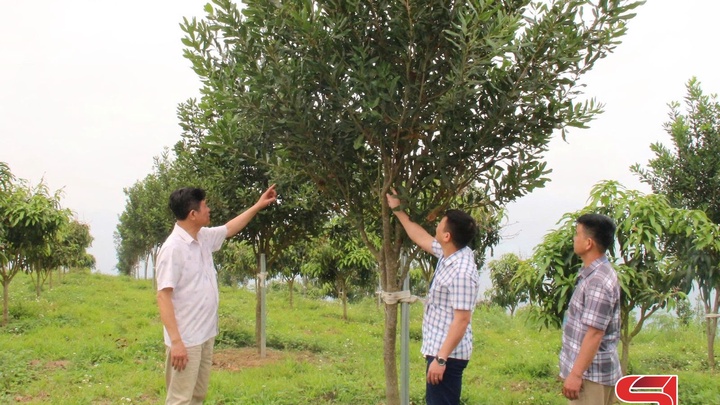







Comment (0)